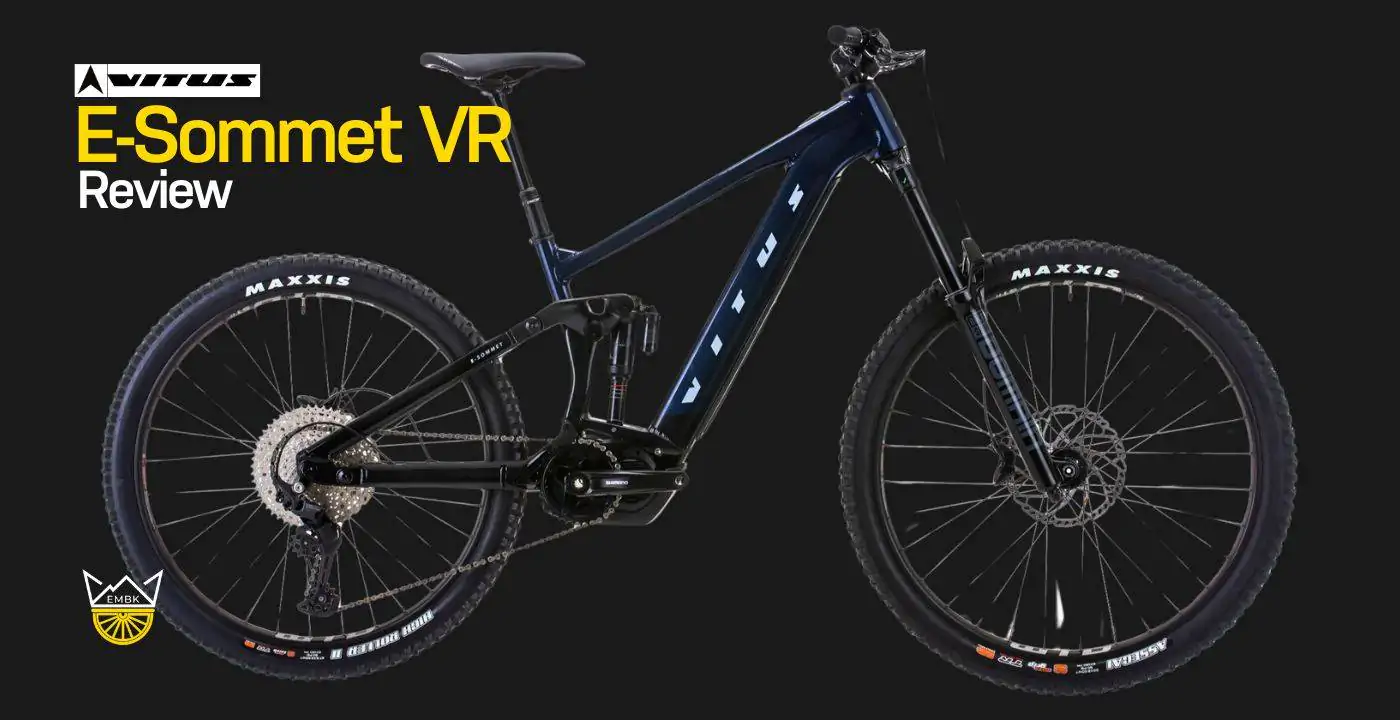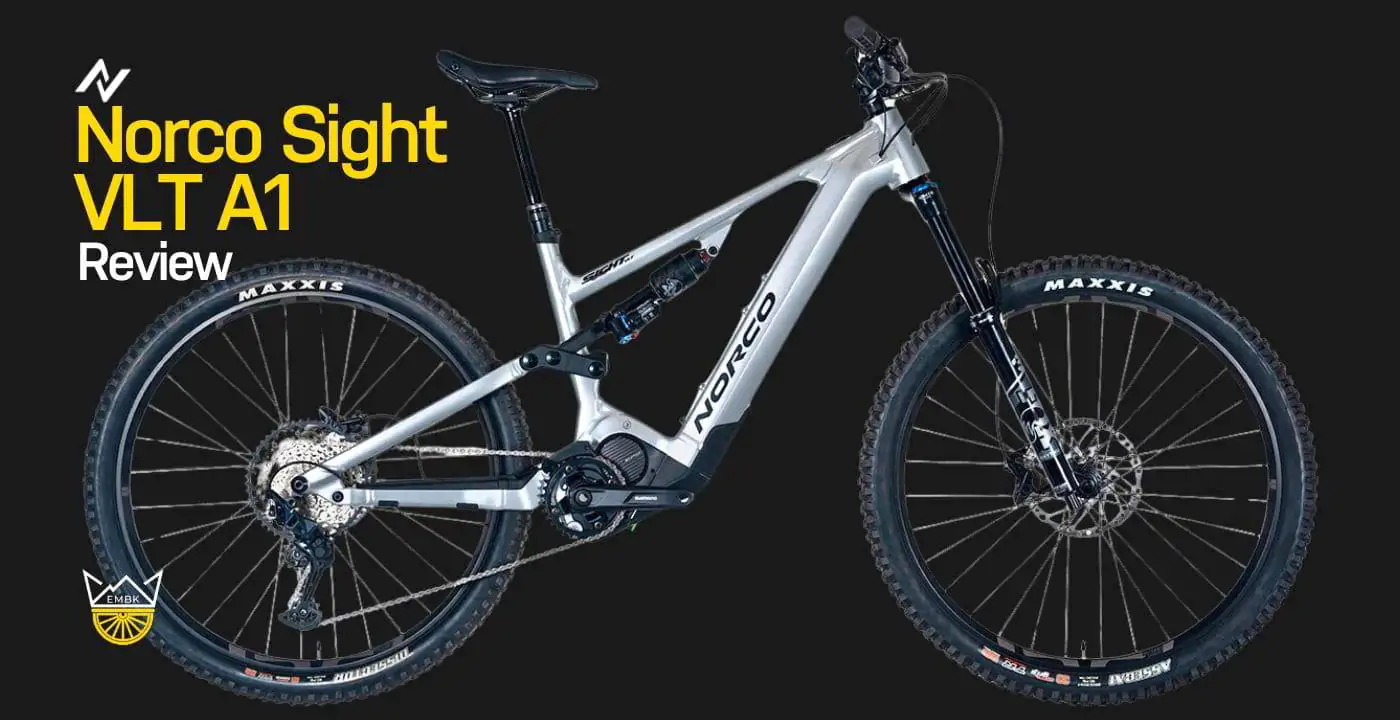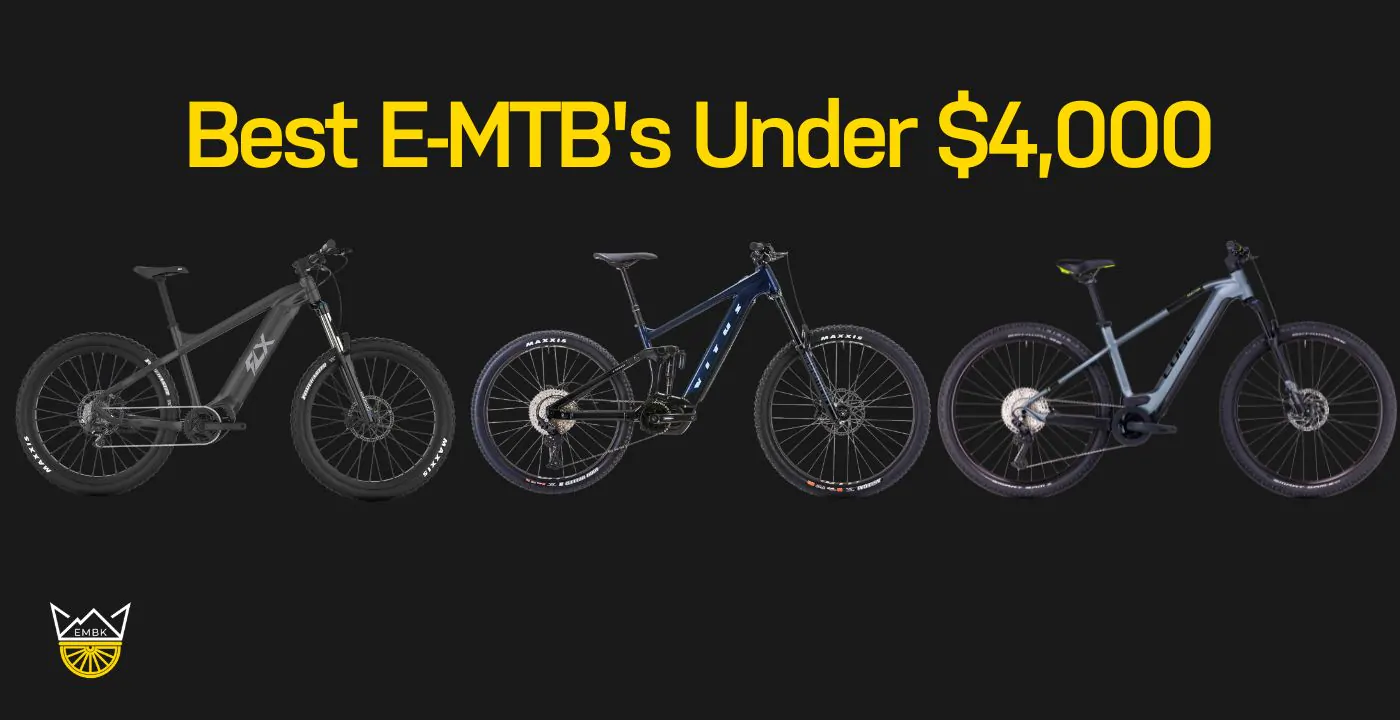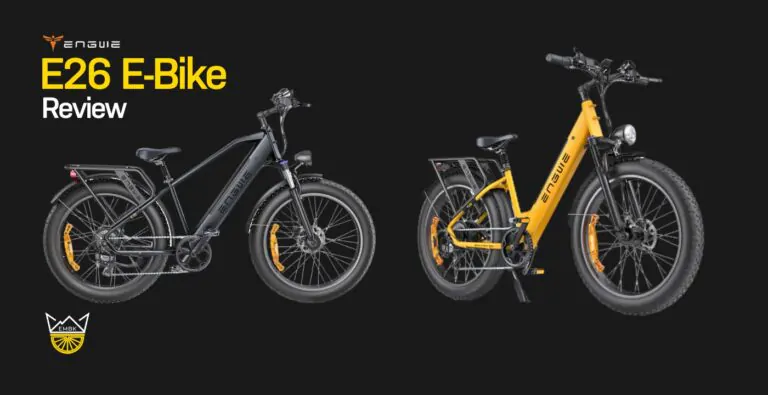The Vitus E-Sommet VR is a long-travel, downhill-focused, e-MTB.
One of its main selling points is the price – they’re coming in with an offer costing well under many of the rivals.
There are few downhill-style electric bikes occupying that price range and there is a reason for that – a decent suspension can cost a premium, as can a sturdy frame and the other components needed to take the high impacts on a gnarly trail.
So does the team at Vitus manage to pull it off? Or are there aspects lacking?
Let’s find out in our Vitus E-Sommet VR review….
Our Verdict
The Vitus E-Sommet VR is a frustrating bike, but has some highly commendable qualities.
It’s a real beauty downhill – with an outstanding suspension, which can take on the gnarliest terrain and the most punishing hits.
It’s also a really good looker, with great handling too.
However, the battery range is pitiful and the motor lacks some punch – despite that, you don’t make a great weight saving and there are issues with the brakes and drivetrain.
Great in certain areas, an annoyance in others.
Peaks:👍
- Suspension
- Downhill thrasher
- Handling
- Good looking design
- Price
Troughs:👎
- Battery range
- Motor power
- Brakes
- Drivetrain
- Range to weight ratio
Vitus E-Sommet VR Review
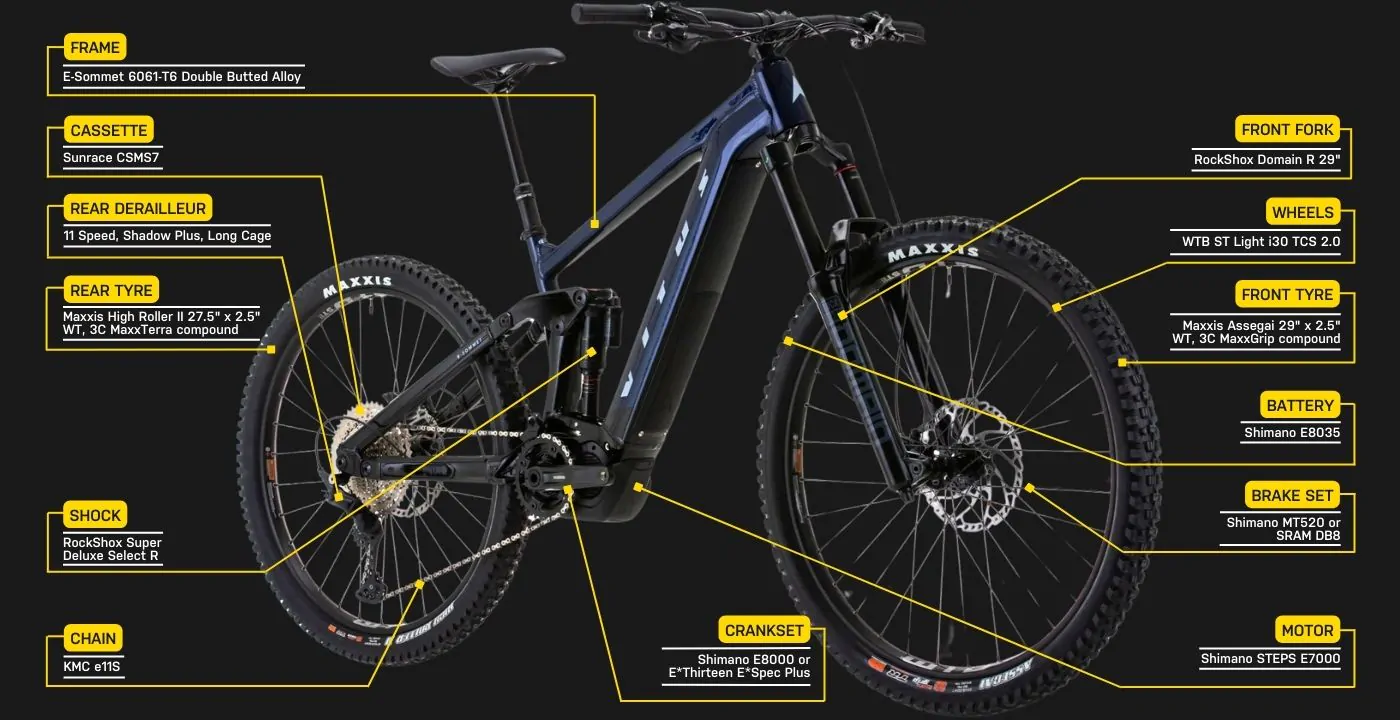
Price: $4,907
Weight/Frame
The Vitus E-Sommet VR is an aluminum, downhill-focused e-MTB, which has a robust frame that is made to take impacts out on the trails.
Despite its sturdy compound, it doesn’t look bulky, it actually has a compact and lightweight-looking finish.
It has a tidy cockpit and neat-looking design, which is easy on the eye.
It weighs in on the scales at 24.3kg, which is about the middle of the road for a lower-budget downhill bike.
That gives you enough weight to provide traction and flow as you carve through the trail lines, but without being overly bulky and feeling hard to manipulate.
The lightness of handling is a real plus point – you feel in charge of the bike at all times and it lends itself to being thrown around.
The fun factor is certainly here with this e-MTB and it performs extremely well downhill.
There is a choice of 4 frame sizes – small, medium, large, and extra large – all have a fairly aggressive geometry, but without being too advanced, so it can still be ridden by less experienced riders.
Battery
The battery on the Vitus E-Sommet VR is a bit of a letdown in our opinion.
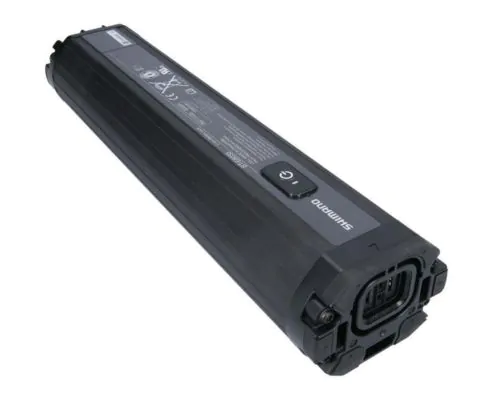
Despite the bike weighing in at 24.3kg, you only get a low-range 504Wh Shimano E8035 battery on there.
The weight-to-range ratio isn’t good, which means the bike falls behind other low-budget downhill e-MTBs, such as the Norco Sight VLT A1.
The max we could push out on one charge was 80km on a flat course and 65km with around 1,500m of climbing – not a particularly long ride at all.
It’s one of the key failures on the bike because you have a bulky overall weight but without any real benefit (which you might get from a large battery).
The Shimano E8035 takes around 4 hours to charge up fully from empty and you can get up to 80% in around 2.5 hours.
That’s reasonably quick, but you still have to spend time off the bike more quickly than some other bikes.
Motor
The Vitus E-Sommet VR comes with a Shimano E7000 motor, which can emit up to 60Nm of torque.

It’s another rather lackluster feature – we would expect more power output on a bike that weighs more than 24kg.
The power output feels natural, which is a positive point, and it doesn’t have the harsh drag that you feel with the Shimano EP8.
However, you do feel a little under-gunned when things become super steep.
With the bike’s weight, that can make you struggle on the toughest climbs and be left behind by some of your rivals.
The motor comes with 4 modes of assist – Walk, Eco, Trail, Boost – you need to be cautious with your use of the Boost function.
Due to the small battery, you can soon find yourself rinsing through your power supply if you’re using Boost too liberally.
The electrics are a letdown on the Vitus E-Sommet VR.
Motor Display

We’re also disappointed with the display on the Vitus E-Sommet VR.
The Shimano E7000 computer doesn’t offer accurate range figures, you only get 5 LED lights instead.
That creates real issues when you’re out on a ride because you never know how much battery life you have left.
This is a serious concern on this bike, because you have a low-range battery, so the need to conserve and be cautious about your battery health is high.
We found ourselves getting caught out due to the display’s lack of accuracy.
You can toggle between other readings, such as speed, distance, and a few other features – but it’s a limited display overall and there are far better ones out there.
Suspension

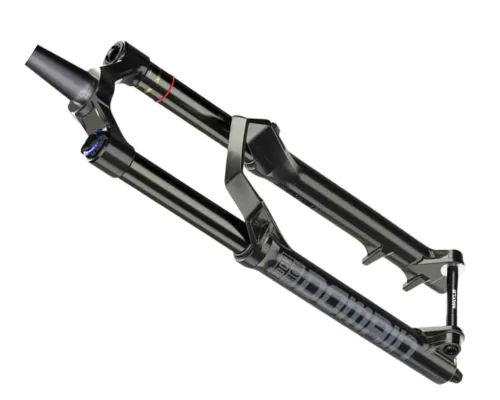
The Vitus E-Sommet VR comes with a chunky suspension set-up, which is made for some downhill brutality.
You get 170mm of travel at the front end and 167mm at the rear – that’s enough to take on serious punishment out on the trails – from the huge drops and punishing root runs, to the jump parks and everything in between.
It’s a fun e-MTB to ride when you’re moving fast with the nose down, with the forks supplied by RockShox and their Domain R model fitted as standard, and the RockShox Super Deluxe Select R at the rear end.
They’re a good pairing, which comes alive when things get bouncy and technical.
The only downside with the suspension is that the bike can feel sluggish on the climbs, simply because the suspension offers so much cushioning.
When you combine that with the low-level power output in the motor, the bike can feel particularly labored uphill.
Wheels/Tires

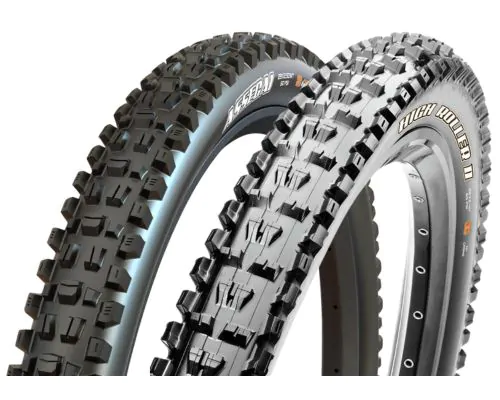
The bike runs on a mullet-style set-up, with a 29-inch wheel at the front end and a 27.5 at the rear.
That allows for playfulness on the descents, with a large front wheel giving you a good grounding on the trail and the smaller rear allows you to throw the bike around a bit.
The rims are supplied by WTB, with their ST Light i30 TCS 2.0 models offering a decent level of cushioning, but also remaining lightweight.
Meanwhile, the Maxxis Assegai tires offer a firm grip into the corners while pushing the bike hard downhill.
A reliable wheel and tire pairing.
Brakes
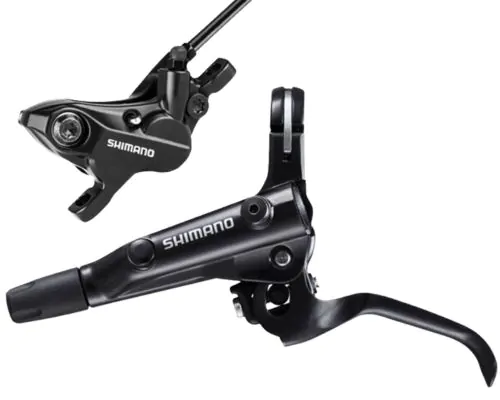
The Shimano MT520 aren’t quite as reliable.
They feel a little too low spec for the high demands and pressure the bike is put through – that doesn’t always fill you with confidence.
They’re prone to a little slippage and that’s not what you need from a high-performing descender.
ℹ️ Be careful when pushing the bike hard downhill and into the corners, as the brakes aren’t always as keen as you need them to be. That could lead to an accident if you don’t pull up in good time.
Drivetrain
The Shimano MT520 drivetrain on the Vitus E-Sommet VR also lacks in quality a bit.
It’s ok at best, but doesn’t offer the high level of performance you need from a wild descender.
It sometimes feels a little slow to act and respond.
Price - $4,907
There are certainly areas where we tip our hat to the team at Vitus.
The Vitus E-Sommet VR is a great descender and you get some top-notch descending capabilities for under $5,000, which isn’t always easy to create.
However, there are quite a few areas where we think the bike lets itself down – the motor isn’t powerful enough, the battery range underwhelming, as are the weight and brakes.
It’s still a reasonably cheap downhill e-MTB, which are few and far between, but there are a couple that do it better in this price bracket.
Vitus E-Sommet VR Facts & figures
Size configurations
| GEOMETRY | ||||
|---|---|---|---|---|
| FRAME SIZE | S | M | L | XL |
| REC RIDER HEIGHT (IMPERIAL) | 5' 2" - 5' 6" | 5' 6" - 5' 10" | 5' 10" - 6' 2" | 6' 2" - 6' 7" |
| REC RIDER HEIGHT (METRIC) | 160 - 170cm | 170 - 178cm | 178 - 190cm | 190 - 201cm |
| REC INSIDE LEG (IMPERIAL) | 27" - 30" | 30" - 32" | 32" - 34" | 34" - 37" |
| REC INSIDE LEG (METRIC) | 71 - 76cm | 76 - 81cm | 81 - 86cm | 86 - 94cm |
| STANDOVER HEIGHT | 840mm | 842mm | 849mm | 863mm |
| SEAT TUBE LENGTH | 380mm | 410mm | 440mm | 480mm |
| EFFECTIVE TOP TUBE LENGTH | 581mm | 601mm | 624mm | 648mm |
| REACH | 430mm | 450mm | 478mm | 505mm |
| STACK | 645mm | 645mm | 649mm | 658mm |
| CHAINSTAY LENGTH | 442mm | 442mm | 442mm | 442mm |
| HEADTUBE LENGTH | 115mm | 115mm | 120mm | 130mm |
| HEADTUBE ANGLE | 64° | 64° | 64° | 64° |
| EFFECTIVE SEAT TUBE ANGLE | 77° | 77° | 77.5° | 78° |
| ACTUAL SEAT TUBE ANGLE | 71° | 71° | 71.5° | 72° |
| SADDLE LAYBACK | 146.65 | 163.01 | 172.79 | 188.84 |
| BB TO SADDLE HEIGHT AT SADDLE LAYBACK | 650 | 700 | 750 | 800 |
| WHEELBASE | 1217mm | 1235mm | 1267mm | 1298mm |
| BOTTOM BRACKET DROP | 35mm | 35mm | 35mm | 35mm |
| HEADSET | 55/65 28.6 | 55/65 28.6 | 55/65 28.6 | 55/65 28.6 |
| CHAIN DEVICE | ISCG-05 | ISCG-05 | ISCG-05 | ISCG-05 |
| REAR AXLE | 180mm*13mm. M12xP1.0 | 180mm*13mm. M12xP1.0 | 180mm*13mm. M12xP1.0 | 180mm*13mm. M12xP1.0 |
| HANDLEBAR WIDTH/RISE | 780mm/12mm | 780mm/12mm | 800mm/25mm | 800mm/25mm |
| SHOCK SIZE | 205*65 | 205*65 | 205*65 | 205*65 |
| MAX. REAR TYRE CLEARANCE | 2.5" | 2.5" | 2.5" | 2.5" |
| SEATPOST DROPPER TRAVEL | 125mm | 150mm | 170mm | 170mm |
| SEATPOST DIAMETER | 31.6mm | 31.6mm | 31.6mm | 31.6mm |
| SEATPOST INSERT DEPTH | 220mm | 220mm | 250mm | 275mm |
Full Specs
| FRAMESET | ||
|---|---|---|
| Frame | Rear Shock | Suspension Fork |
| E-Sommet 6061-T6 Double Butted Alloy | RockShox Super Deluxe Select R | RockShox Domain R 29" |
| DRIVETRAIN | ||
| Rear Shifter | Rear Derailleur | Crankset |
| Shimano Deore M5100 | 11 Speed, Shadow Plus, Long Cage | Shimano E8000 or E*Thirteen E*Spec Plus |
| Cassette | Chain | |
| Sunrace CSMS7 | KMC e11S | |
| BRAKES | ||
| Brake | Brake Rotor | |
| Shimano MT520 or SRAM DB8 | Shimano RT66 or SRAM CenterLine | |
| COMPONENTS | ||
| Handlebar | Stem | Grips |
| Nukeproof Horizon V2 Riser | Nukeproof Neutron AM | Vitus Lock On |
| Saddle | Display | Headset |
| Nukeproof Trail Saddle | Shimano E7000 | Acros AZX-589 |
| WHEELS | ||
| Front Hub | Rear Hub | Front Rim |
| Nukeproof Neutron | Nukeproof Neutron | WTB ST Light i30 TCS 2.0 |
| Rear Rim | Front Tire | Rear Tire |
| WTB ST Light i30 TCS 2.0 | Maxxis Assegai 29" x 2.5" WT, 3C MaxxGrip compound, DD casing | Maxxis High Roller II 27.5" x 2.5" WT, 3C MaxxTerra compound, DD casing |
| ELECTRIC COMPONENTS | ||
| Motor | Battery | |
| Shimano STEPS E7000 | Shimano E8035 | |
How Does it Compare?
We’re going to put the Vitus E-Sommet VR up against another downhill e-MTB, which breaks the mold by not costing a fortune and still providing quality – the Norco Sight VLT A1.
The Norco comes in varying battery sizes, with the largest option costing $5,158 – not dissimilar to our Vitus.
However, for that you get a whopping 900Wh battery – that completely dwarfs the 504Wh model on our Vitus.
There isn’t a great deal of weight difference either – the Norco is 0.9kg heavier than our Vitus, at 25.2kg – but for nearly 400Wh more in the battery department, you would take that.
The Norco also has a more powerful motor at 85Nm of torque over the 60Nm on the Vitus.
In the suspension department the Norco has less travel, by 10mm in the forks and 17mm in the shocks. That allows the Vitus to take on slightly wilder terrain, but the difference isn’t remarkable.
The Vitus has a slightly more playful wheel base, with a mullet set-up, over a 29 inch pairing on the Norco.
Both bikes have the same slightly problematic brakes, which is one of the ways both manufacturers have managed to keep the overall bike price down.
However, the Norco has a better Shimano drivetrain, with a more responsive package than our E-Sommet VR.
Only one winner here – the Norco is superior in a number of key departments, particularly in the electrics – it performs stunningly downhill and offers a punchy electrics package to help get you back up the other side, over and over again – unlike the Vitus.
Final Thoughts
The Vitus e-Sommet VR is a tale of two bikes.
The downhill capabilities are pretty darn good, particularly the suspension, the playful wheel set-up, and its fun-to-ride style of handling.
However, there are areas of real frustration – you only have to look at the electrics to realize it’s undergunned in both the motor and the battery department.
The bike struggles uphill, you constantly need to recharge the battery, and the brakes have issues too.
It’s pitched at a fair price for the bike you’re getting and the downhill abilities perform way above the price tag, but elsewhere you can see where cost savings have been made.
It isn’t a bad bike, but there are better around in the same price range.
The Vitus E-Sommet VR claimed a spot in our Best Electric Mountaim Bikes Under $4,000 guide, however, the price has risen since that was published, due to increases in component costs – click the link to find out more about the others which made the cut.


